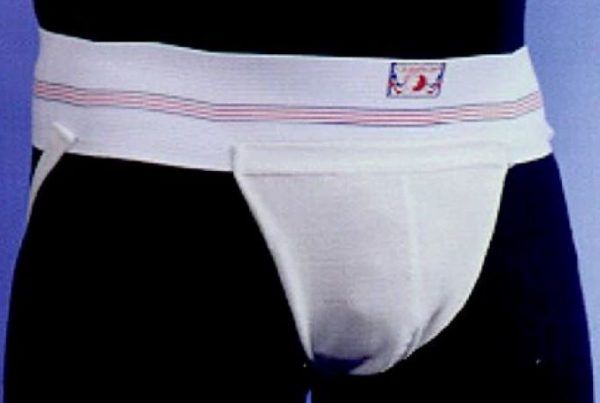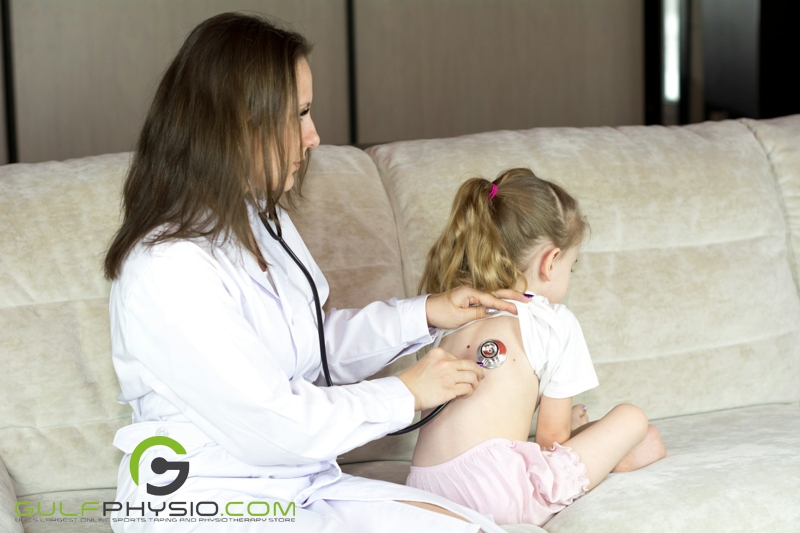
An article published in the National Library of Medicine highlighting the epidemiology of Juvenile Idiopathic Arthritis found that the condition affects approximately 3 million children globally. With the origins of this condition not being fully understood, what do we know about this condition? And what are the steps for treatment?
What is Juvenile Idiopathic Arthritis (JIA)?
A complex illness, Juvenile Idiopathic Arthritis (JIA) is characterized by joint pain, stiffness, warmth, swelling, and loss of motion. It may require treatment until adulthood and last anywhere from a few months, to years, or even a lifetime. Although the exact cause is unknown, JIA starts when an overactive immune system brings on inflammation.
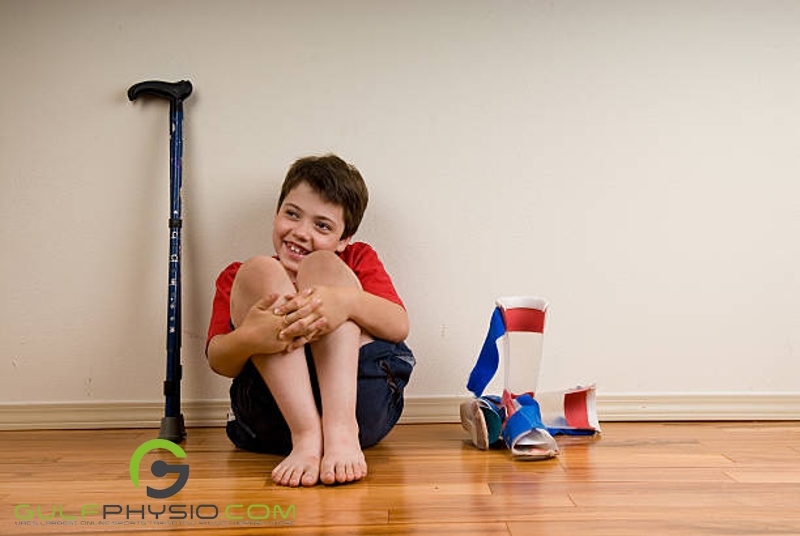
Treatment commonly results in remission or, in rare cases, the disease’s permanent absence without additional medication. Since delaying therapy can result in joint deterioration, decreased responsiveness to treatment, and other issues, early detection is essential for children with stiff or swollen joints.
Juvenile Idiopathic Arthritis: The Affected Population

JIA develops in adolescents and young children before the age of sixteen. While enthesitis-related JIA is more common in boys, the majority of JIA types are more common in girls, except for systemic JIA which impacts both equally. Young children are susceptible to JIA regardless of gender, race, and ethnic background.
The Types of JIA
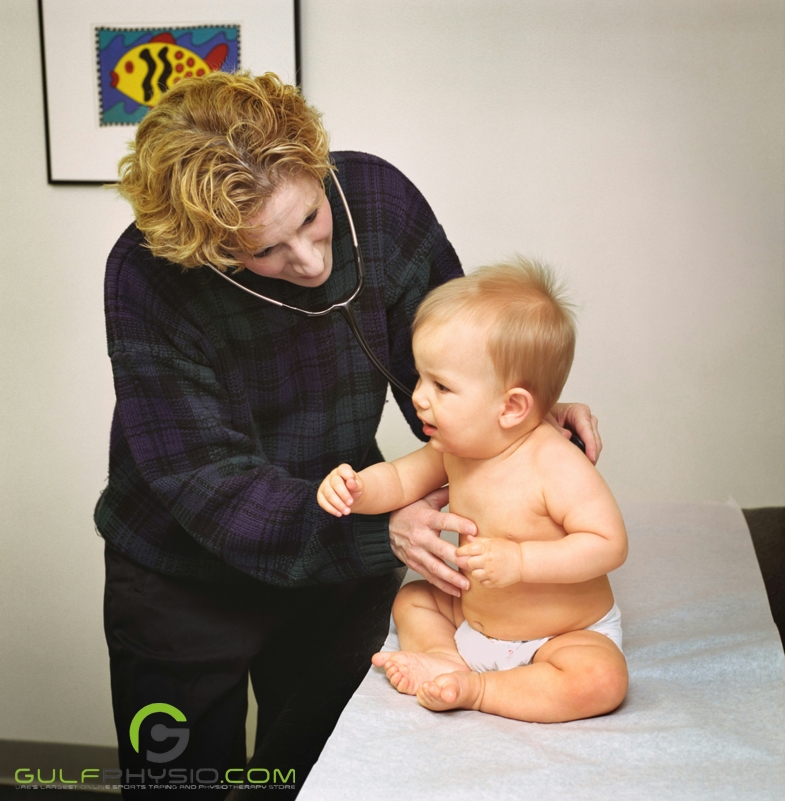
Oligoarticular JIA
Formerly known as pauciarticular-onset juvenile rheumatoid arthritis, is a common subgroup of juvenile idiopathic arthritis (JIA) involving fewer than five joints; this type of JIA accounts for approximately 50% of cases. It is categorized into persistent oligoarthritis, which doesn’t involve additional joints after the first six months, and extended oligoarthritis, which affects more than four joints after the first six months.
Polyarticular JIA
A subtype of juvenile idiopathic arthritis (JIA), polyarticular juvenile idiopathic arthritis (formerly known as polyarticular-onset juvenile rheumatoid arthritis [JRA]) is characterized by the presence of more than four afflicted joints within the first six months of illness. It is the second most common type of JIA, comprising approximately 20-30% of cases. Blood tests measuring rheumatoid factor (RF) reveal whether the results are RF-positive or RF-negative.
Enthesitis-related JIA
A variant of juvenile idiopathic arthritis known as enthesitis-related JIA is characterized by arthritis and inflammation at an enthesitis site, which is the location where a ligament, tendon, or joint capsule connects to the bone. Arthritis usually affects the hips, knees, ankles, and feet, but it can also impact the sacroiliac and spinal joints, while enthesitis is more common in the knees, heels, and feet. In a few cases acute anterior uveitis, a sudden onset of inflammation of the front of the eye, occurs. Boys are more likely to have enthesitis-related JIA than girls.
Psoriatic JIA
The rare inflammatory condition known as psoriatic arthritis affects the skin and the joints. It often impacts the joints in the fingers and toes and causes uncomfortable joint pain, swelling, and skin rashes. Additionally, it may impact the lower back, ankles, knees, and wrists.
Medical News Today states that Psoriatic Arthritis affects approximately 24 out of 100 individuals. If your child already has psoriasis, it will be easier to diagnose them with psoriatic arthritis. The diagnosis becomes more challenging if the skin symptoms have yet to appear.
Systemic (Onset) JIA
Systemic juvenile idiopathic arthritis (SJIA) is a rare and severe variant of JIA that affects 10% to 20% of children. SJIA, also referred to as Still’s disease, usually develops first in childhood and can impact the liver, lungs, and heart, among other bodily organs. All genders are equally affected by this kind of JIA, and symptoms start to appear around the age of two.
Undifferentiated Arthritis
Cases under this category comprise symptoms that do not fit the above categories.
Symptoms of JIA
The symptoms of JIA can vary amongst the affected population and may appear in episodes (flare-ups), or be ongoing (chronic). The most common symptoms include:
Pain and Stiffness
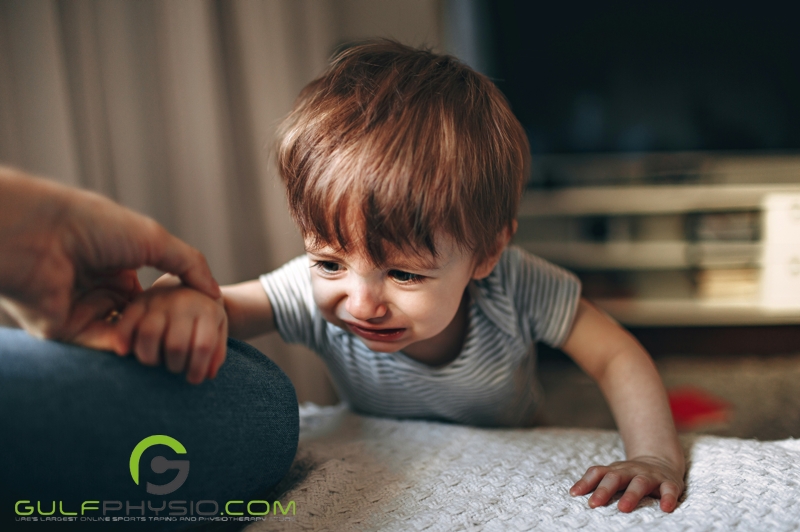
Although children affected with JIA may not outright complain of pain in their joints, this symptom is most noticeable through limping, frequently occurring in the mornings, after naps, or when staying in one position for a prolonged period.
Swelling and Redness of the Joints
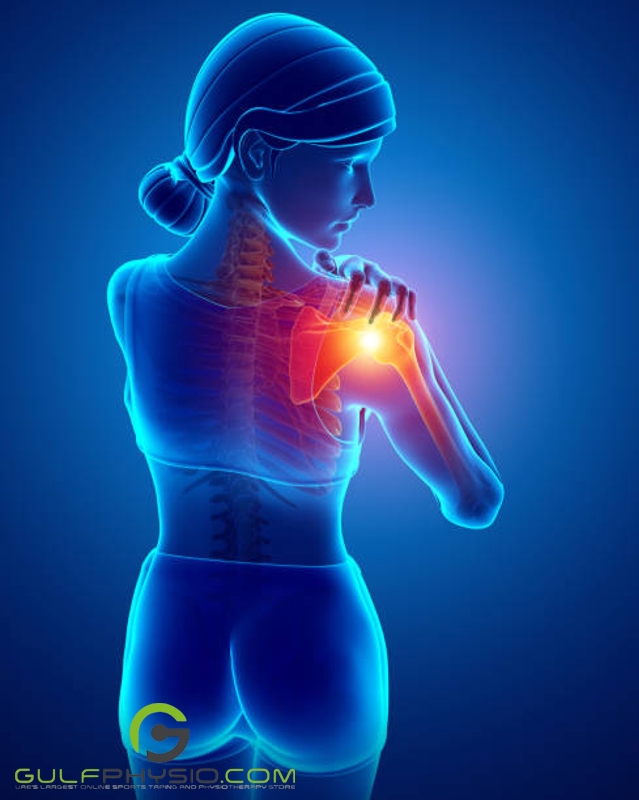
A common symptom of JIA is persistent swelling and redness of the larger joints such as the knees, shoulders, and elbows. This redness is often accompanied by tenderness in the affected area/s and is warm to the touch.
Inflammation of the Eyes
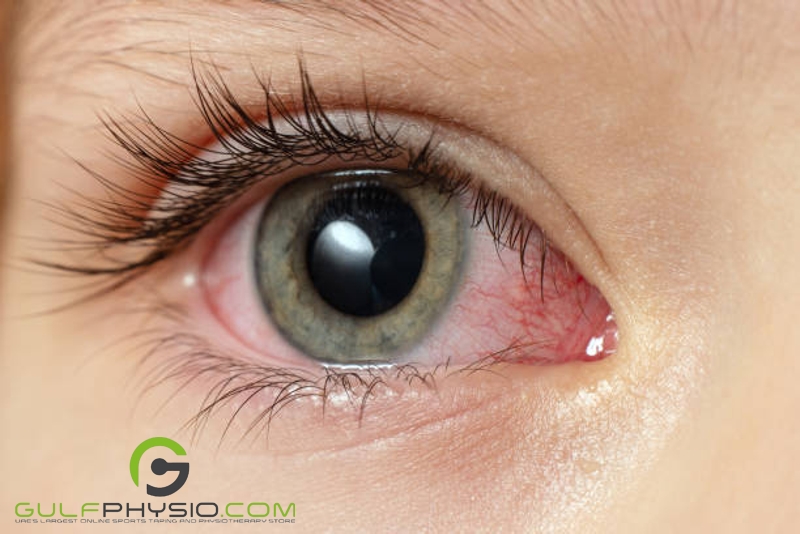
Children with JIA frequently develop uveitis, an inflammation of the front and middle portion of the eyes, which usually manifests a few years after diagnosis. In rare instances, it may occur before developing joint symptoms or years after the onset of symptoms.
Problems with Growth
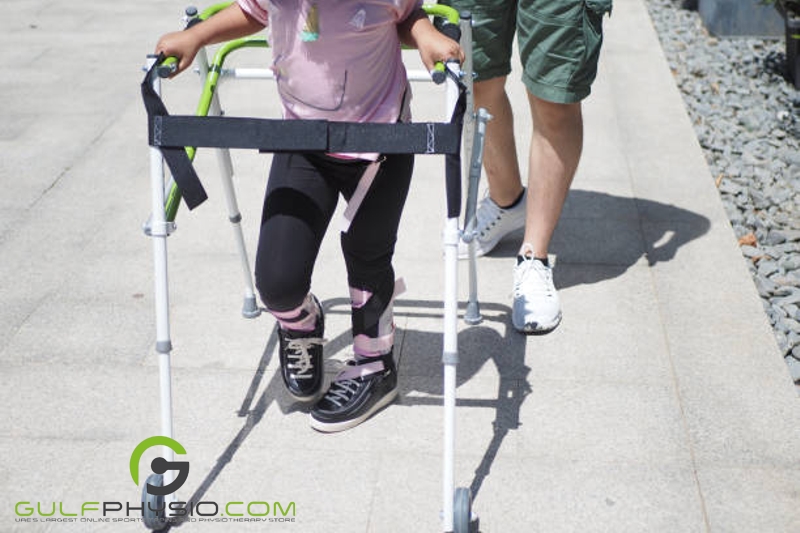
Because bones close to inflammatory joints may grow too quickly or slowly, inflammation in children with JIA can lead to growth issues. This may lead to petite or malformed chins and limbs longer or shorter than the norm. When inflammation is properly controlled with medication, growth typically improves.
Fatigue
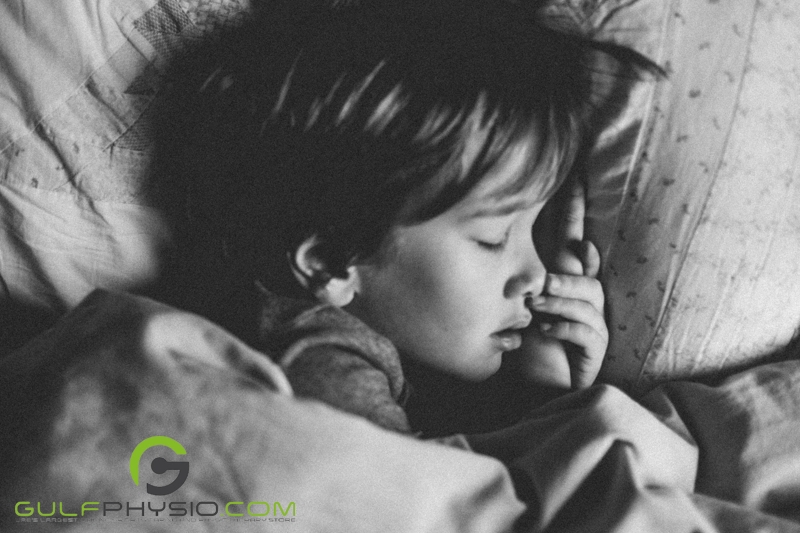
One of the most common symptoms of JIA is fatigue. Children may complain that they feel tired, and exhibit low energy levels. Fatigue may also result in impaired functioning.
High Fever
Before the joints swell, children with JIA frequently develop a high fever that lasts approximately two weeks. This fever reaches its highest temperature in the afternoon or evening, rising upwards of 103° F [39° C], then swiftly returning to normal.
Rashes and Other Skin Conditions
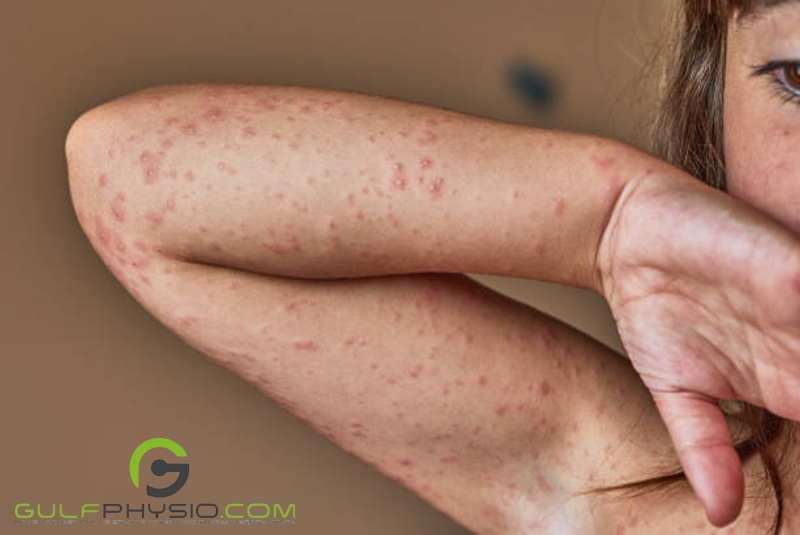
This symptom is more prevalent in systemic and psoriatic JIA. Children with psoriatic JIA suffer from pitted nails, swelling toes and fingers, and rough skin in certain areas. Meanwhile, a rash with flat, pink, or salmon-colored patches, typically developing on the trunk and upper legs or arms, may emerge for hours in children with systematic JIA. The rash is frequently accompanied by fever and is not always in the same location.
Diagnosis of JIA
Unfortunately, there is no specific test for Juvenile Idiopathic Arthritis (JIA). Diagnosis of the condition can become difficult since multiple conditions may lead to joint pain. Instead, doctors evaluate the patient’s medical history, conduct blood tests, and perform imaging scans to determine what type of JIA a patient may have.
Treatment
Although Juvenile Idiopathic Arthritis currently has no cure, treatment can lead to remission. Yale Medicine found that 50% – 70% of children go into remission with treatment. Treatment aims to relieve the pain and swelling in the child’s joints and increase strength in the affected areas, thus providing the child with the highest possible chance to maintain a normal lifestyle.
Medications
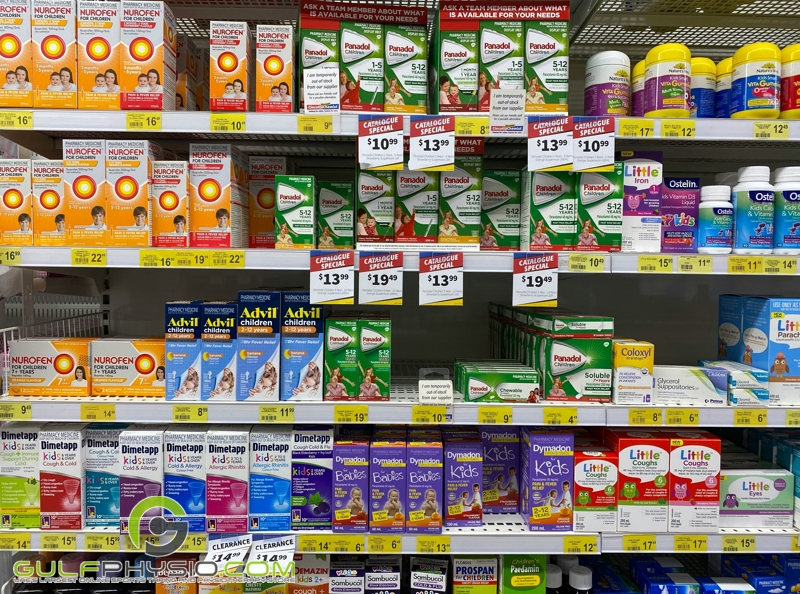
The types of medications doctors may prescribe to patients depend on various factors. Such as the type of JIA they have, the severity of the patient’s condition, and the number of affected joints.
- Nonsteroidal Anti-Inflammatory Drugs (NSAIDs)
Ibuprofen and naproxen are examples of prescription NSAIDs that can help reduce inflammation and discomfort. However, people should take note that a prescription may occasionally be required for these types of medications. - Disease-Modifying Anti-Rheumatic Drugs (DMARDs)
DMARDs, such as methotrexate, are medications meant to reduce inflammation and protect joints. Biologics are another kind of DMARD that reduces the progression of the disease by targeting and suppressing specific parts of the immune system. - Corticosteroids
Injections, topical ointments, and pills are some of the ways that doctors administer corticosteroids. However, especially after prolonged usage, oral corticosteroids may have negative side effects, including the weakening of the bones. Their long-term use can also affect a child’s development, which is why doctors typically aim to limit their usage.
Therapies
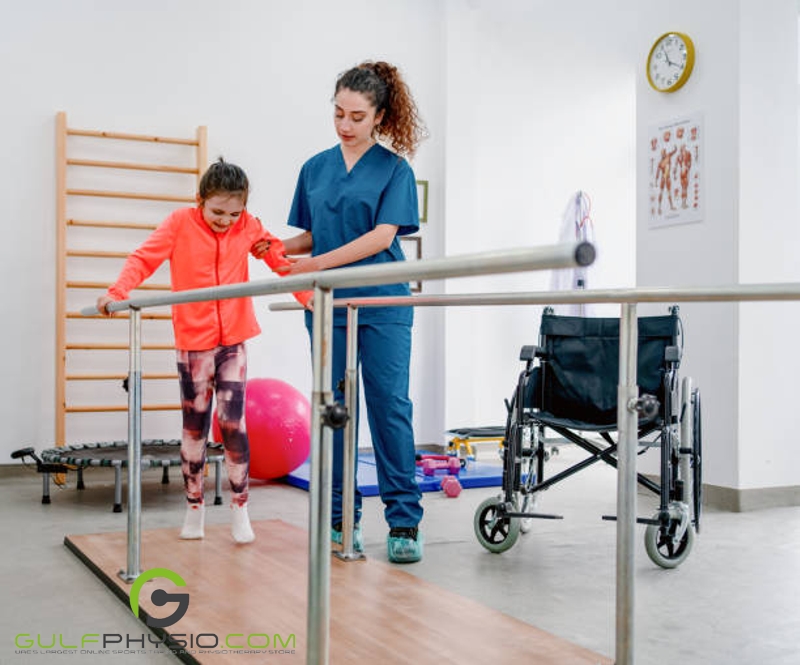
JIA treatment involves a combination of physical therapy and occupational therapy to improve mobility and muscle tone in affected children. Occupational therapists may suggest exercises to strengthen specific muscles, teach relaxation techniques, and offer adapted activities for everyday tasks. Physical therapy on the other hand is a crucial component of JIA treatment, aiming to relieve pain, improve joint range of motion, strengthen muscles, and prevent injury from sports or other activities. These strategies help children become more mobile and independent.
Our Thoughts
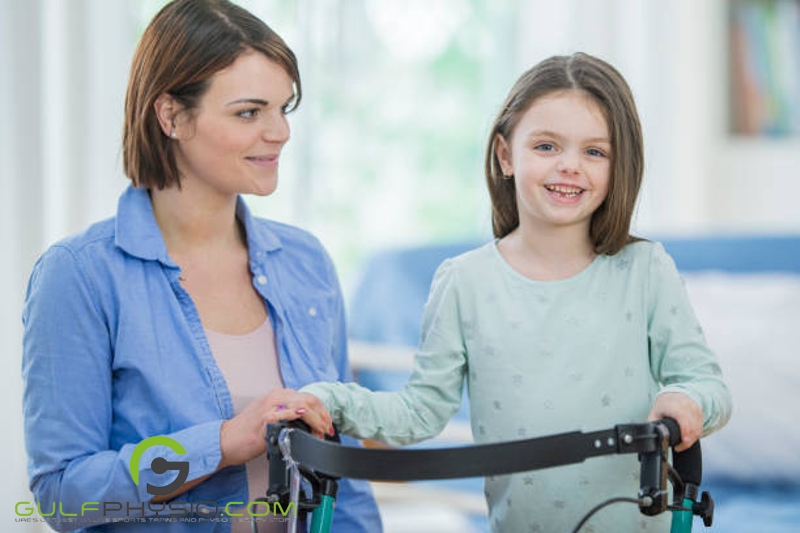
JIA is a near-debilitating condition that affects not only the patient but also the entire family, causing social and academic challenges. Parents can support their children not only through treatment but also by treating them like any other child, allowing them to vent their frustrations, reassuring them that their actions weren’t the cause of the condition, promoting physical activity, and discussing the condition with school officials and educators. Encouraging physical activity and treating the child as a family member is crucial for their betterment and well-being.
Want to learn more about health and disease? Then read our articles “Tackling the Facts: Transverse Myelitis” and “Joint Conditions In Young Adults”, or learn more from our blog here.
Disclaimer
GulfPhysio.com and all of its content are for informational purposes only. All information is believed to be accurate at the time of posting and should NOT be taken as professional medical advice. Please seek a medical professional in the event of pain or injury.



